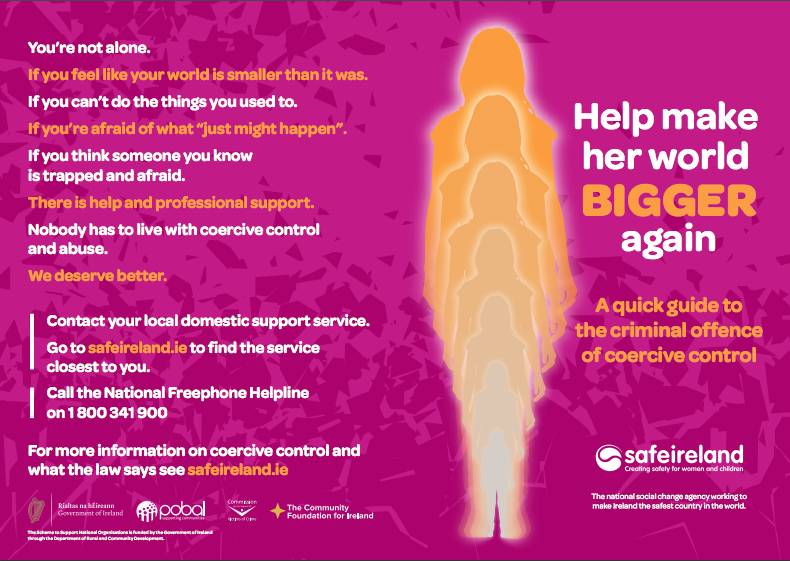What is coercive control?
Coercive control is a pattern of behaviours that enables someone to exert power over another person through fear and control.
Coercive control is a form of domestic abuse or intimate partner violence.
It describes a pattern of behaviours a perpetrator uses to gain control and power by eroding a person’s autonomy and self-esteem. This can include acts of intimidation, threats, and humiliation.
Research into coercive control suggests that this type of abuse often predicts future physical violence. Anyone in any type of intimate relationship can experience coercive control. Some research suggests that it is mainly women who experience it, while other studies suggest that the rates for men and women are similar.
In 2015, the National Intimate Partner and Sexual Violence Survey found that 36.6 million women and 33.1 million men in the United States will experience some form of coercive control by an intimate partner during their lifetime.
A 2008 study found that emotional abuse can lead to negative mental health consequences, such as post-traumatic stress disorder and depression.

It was the first time a jury has found anyone guilty of such an offence under the new Domestic Violence Act 2018.
Meanwhile, a total of 22 women and children are contacting domestic violence services for the first time each day as the pandemic goes on, SAFE IRLAND revealed.
Covid19, lockdowns, and IPV Intimate Partner Violence) – WAS IT THE PERFECT STORM?
According to WOMAN’S AID Sara Benson concludes: “Home has not been a safe place for thousands of women and children affected by domestic abuse over the last two months. The Covid-19 restrictions provide the ideal environment for abusers to exert their power and dominance in homes across Ireland. Women’s Aid and other domestic violence support services around the country are supporting victims and survivors every day during this pandemic.
The dire impacts on women’s physical and mental well-being are already acutely evident. We are really concerned that we are only seeing the tip of the iceberg and an essential part of post-Covid-19 planning must be continuing to treat domestic abuse as a priority issue, increasing the support and protections to maximise the safety and well-being of victims of domestic abuse, including sexual abuse and coercive control.”
The following behaviours are signs of coercive control:
- Monitoring activities
- Exerting financial control
- Isolating the other person
- Insulting the other person
- Making threats and being intimidating
- Using sexual coercion
- Involving children or pets to control and dominate
The controlling person may use children or family pets as another means of controlling their partner. They may do this by threatening the children or pets, or by trying to take sole custody of them if their partner leaves.
They may also try to manipulate children into disliking the other parent.
Domestic abuse can escalate into physical abuse and, in some cases, homicide. Signs that an abusive relationship is becoming dangerous include regular physical abuse and murder threats.
If a person feels that they are in physical danger or fears for their life, in an emergency always call 999/112 Garda Confidential, or their local emergency department immediately. Neighbours, friends, and family can also do this if they know someone who is in danger. 1800 341 900 National Freephone Helpline.
Author:
Luis Carvalho is a Certified Life and Transformation Coach, Strategic Interventionist, Speaker and Insight Meditation Instructor. I help people bridge the gap between, trauma, control, fear, stuckness or lack of fulfilment, to growth, and purpose in life.
